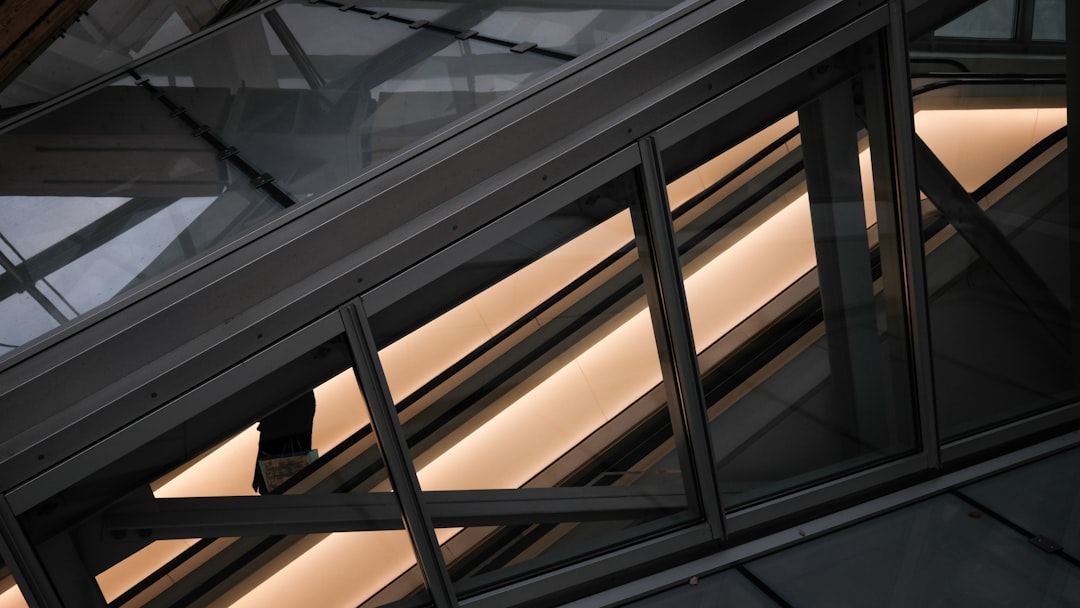body {
font-family: sans-serif;
line-height: 1.6;
}
img {
max-width: 100%;
height: auto;
display: block;
margin: 20px auto;
}
h1, h2, h3 {
color: #333;
}
Steel, a ubiquitous material in our modern world, boasts an unparalleled versatility. Its strength, durability, and malleability make it suitable for a vast array of applications, from towering skyscrapers to intricate micro-components. This visual gallery explores the diverse and fascinating ways steel shapes our environment and impacts our lives.
1. Steel in Construction: Skyscrapers and Beyond

Steel’s high strength-to-weight ratio makes it the backbone of modern construction. From the iconic Eiffel Tower to the soaring skyscrapers that define our city skylines, steel provides the structural integrity needed for ambitious architectural designs. Its ability to withstand immense loads and resist seismic activity makes it crucial for high-rise buildings and large-scale infrastructure projects. The images below showcase the intricate steel frameworks that support these monumental structures, revealing the artistry and engineering precision involved.

Beyond skyscrapers, steel plays a vital role in bridge construction, offering long spans and remarkable durability. The use of steel allows for innovative designs, creating elegant and efficient transportation arteries.
2. Steel in Manufacturing: Precision and Power

The manufacturing industry relies heavily on steel’s ability to be formed into a wide variety of shapes and sizes. From the heavy machinery used in factories to the intricate components of automobiles, steel provides the strength and resilience required for demanding industrial applications. The process of steel manufacturing itself is a testament to its versatility, with steel being melted, refined, and shaped using various techniques to achieve specific properties.

Steel’s ability to be easily welded, cut, and bent makes it an ideal material for mass production. This is evident in the automotive industry, where steel forms the chassis, body panels, and various components of vehicles.
3. Steel in Infrastructure: Roads, Rails, and More

Steel’s strength and resistance to wear and tear make it indispensable in infrastructure projects. Railway tracks, road bridges, and pipelines are just a few examples of how steel ensures the smooth operation of our transportation networks and essential services. The longevity of steel structures contributes to long-term cost savings and reduces the need for frequent replacements.

Steel pipelines transport vital resources like oil, gas, and water across vast distances, demonstrating its reliability and resistance to corrosion in various environmental conditions.
4. Steel in Architectural Design: Aesthetics and Innovation

Modern architectural design often showcases steel’s aesthetic qualities, with its sleek lines and ability to create visually striking structures. Steel’s versatility allows architects to create unique and innovative designs, pushing the boundaries of what’s possible. From curved facades to intricate metalwork, steel adds a touch of elegance and modernity to buildings of all types.

Beyond its structural role, steel is also used in artistic expressions, demonstrating its malleability and capacity for intricate detailing. Steel sculptures showcase the material’s ability to take on complex shapes and textures.
5. Steel’s Future: Sustainability and Innovation

The future of steel is intertwined with sustainability. Steel is a highly recyclable material, meaning that it can be repeatedly melted down and reused without losing its properties. This reduces the environmental impact of construction and manufacturing, making it a responsible choice for future projects. Ongoing research and development are focused on creating even stronger, lighter, and more sustainable steel alloys, ensuring its continued relevance in a world focused on environmental responsibility.
Steel’s adaptability and innovation continue to push the boundaries of engineering and design. New alloys and production techniques are constantly being developed, ensuring that steel remains a vital material for generations to come.
This visual gallery only scratches the surface of steel’s vast applications. From the smallest components to the largest structures, steel’s strength, versatility, and sustainability make it a truly remarkable material.
SEO Tags:
- Steel Applications
- Steel Uses
- Structural Steel
- Steel Construction
- Industrial Steel
“`
Remember to replace the placeholder image URLs (“placeholder-skyscraper.jpg”, etc.) with actual image URLs. You’ll need to find appropriate images to make this blog post truly visual.




